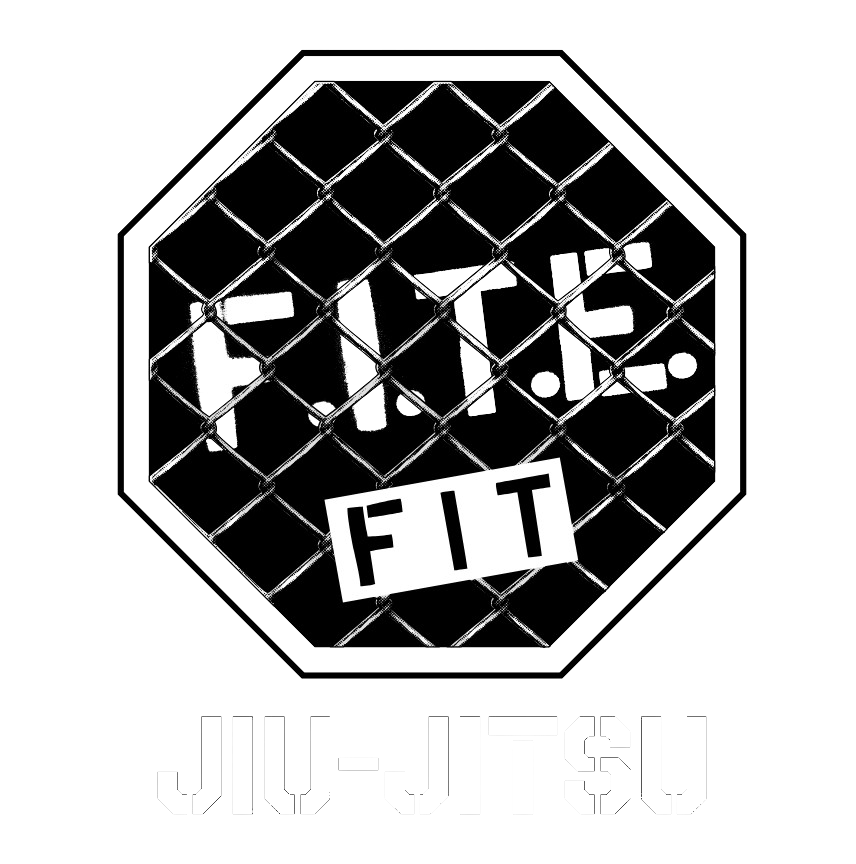Introduction: In the realm of martial arts, the journey of self-discovery and mastery is an ongoing pursuit. For practitioners of Brazilian Jiu-Jitsu (BJJ), this journey is characterized by continuous learning, refinement of technique, and the exploration of one’s limits. However, amidst the rigorous training schedules and the pursuit of excellence within one’s own academy, there lies a hidden gem that can significantly accelerate progress and deepen understanding: cross-training at other academies.
Cross-training, the practice of exploring different training environments and learning from a variety of instructors, is a concept often overlooked in the martial arts community. Yet, its benefits are profound and multifaceted, particularly in the context of Jiu-Jitsu.
Broadening Perspectives: One of the most valuable aspects of cross-training is the exposure to diverse perspectives and approaches to the art. Each academy has its own unique culture, teaching methods, and emphasis on certain techniques. By training at different academies, practitioners can broaden their horizons and gain insights that they might not have encountered within the confines of their own gym.
Imagine grappling with practitioners who have been shaped by different lineages, schools of thought, and training backgrounds. Each roll becomes an opportunity to adapt, innovate, and integrate new techniques into one’s own repertoire. This exposure fosters a more comprehensive understanding of Jiu-Jitsu, empowering practitioners to develop adaptable, well-rounded skill sets.
Testing Adaptability: Cross-training also serves as a litmus test for adaptability—a trait essential for growth in Jiu-Jitsu and in life. Stepping onto unfamiliar mats and engaging with unfamiliar training partners challenges practitioners to adapt to varying styles, pacing, and strategies. This adaptability is a hallmark of high-level Jiu-Jitsu practitioners, enabling them to remain calm and composed in the face of uncertainty, both on and off the mats. Whether you are a competitor or not, cross-training provides the most adequate test of your skillset, outside of competition.
Additionally, cross-training cultivates humility by confronting practitioners with their own limitations and areas for improvement. It’s a humbling experience to find oneself struggling against techniques or strategies that may be commonplace in another academy, yet foreign to you. However, this humility is essential for growth, prompting practitioners to refine their skills and broaden their understanding of BJJ.
Building Community: Beyond individual growth, cross-training fosters a sense of camaraderie and community within the Jiu-Jitsu ecosystem. It breaks down barriers and fosters connections between practitioners from different backgrounds, lineages, and affiliations. In an increasingly interconnected world, these connections are invaluable, offering opportunities for collaboration, friendship, and mutual support.
Cross-training also strengthens the fabric of the Jiu-Jitsu community by promoting knowledge sharing and collaboration between academies. Through workshops, open mats, and collaborative training sessions, practitioners can exchange ideas, techniques, and insights, enriching the collective knowledge base of the community.
Moreover, when traveling, cross-training will enable you to gain insight about the local culture. You may even get suggestions on where to go, what to do, where to eat, etc. You will gain all this knowledge you would not have gotten had you not been an open minded BJJ practitioner. Cross-training while traveling will not only give you new Jiu-Jitsu techniques, but it can provide an introduction to the local landscape from like-minded people.
Conclusion: In the pursuit of mastery, the path of a Jiu-Jitsu practitioner is marked by continuous learning, growth, and evolution. Cross-training at other academies serves as a powerful catalyst for this journey, offering practitioners unique insights, testing their adaptability, and fostering a sense of community within the Jiu-Jitsu ecosystem.
As practitioners, let us embrace the opportunity to explore different training environments, learn from diverse perspectives, and forge connections across the Jiu-Jitsu community. By doing so, we not only accelerate our own growth but also contribute to the collective advancement of the art. So, let’s step outside our comfort zones, venture onto unfamiliar mats, and unlock new dimensions of growth on our Jiu-Jitsu journey.



